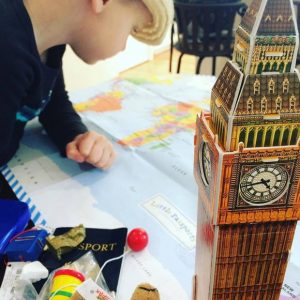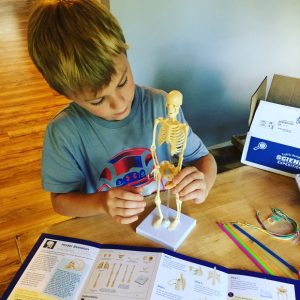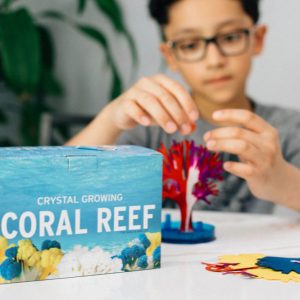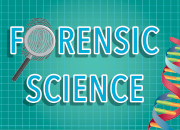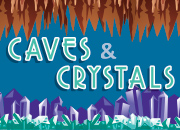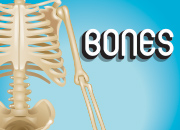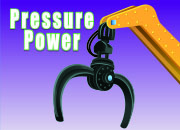Welcome to Science Expeditions Extras! Dive deeper into your science kit’s theme and experiments. This month, learn a little extra about forensic science.

Forensic Science
 Forensic science is more than just looking for fingerprints at crime scenes. It touches our lives in many ways. Forensic scientists track electronic activity to prevent cyber crimes, analyze causes of fires and monitor industrial pollution to name a few. They help improve our public safety every day.
Forensic science is more than just looking for fingerprints at crime scenes. It touches our lives in many ways. Forensic scientists track electronic activity to prevent cyber crimes, analyze causes of fires and monitor industrial pollution to name a few. They help improve our public safety every day.
Read more fun facts about forensic science and pick up tips from Aunt Charlie about your experiments. Watch a tutorial below on how to extract DNA from a strawberry, the main experiment from your science kit. Print a list of materials below and see what other fun extras you can find on this page!
Gather the household items from the list below before you begin your experiments. Check off items as you go or print the list here. All other materials are included in your kit.
A Very Berry DNA Extraction
salt
liquid dish soap (any color)
rubbing alcohol (isopropanol) – freeze it at least 30 minutes before using
water
¼ teaspoon and a tablespoon for measuring
2 small cups
toothpick or craft stick
heavy-duty zipper storage bag
scissors
strawberries, tomatoes, kiwis – see your experiment guide for more
Spatter Studies
measuring tape
red tempera paint
scraps of paper
water
newspaper or tarp
Fun Facts
Czech scientist Jan Evangelista Purkynje is credited with the first system of classifying fingerprints in the 1800s. He identified 9 fingerprint patterns!
The roots of your hair contain DNA. Forensic scientists can analyze hair roots to determine the gender of who was at a crime scene.
Forensic scientists can use teeth to identify a person. They compare teeth to dental records as a reliable source to prove who’s who!

Aunt Charlie’s Corner
Expert tips to complete this month’s science experiments!
 A Very Berry DNA Extraction
A Very Berry DNA Extraction
Watch this experiment!
- Strawberries aren’t in season? Try other fruits and vegetables like kiwis, tomatoes and peaches. See your experiment guide for a complete list. Every living thing has DNA!
- Make sure your rubbing alcohol is very cold! Leave it in your freezer overnight to ensure its icy temperature.
- Take your time mashing your strawberry to break up the chunks.
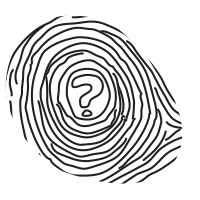 Hints from Prints
Hints from Prints
- Keep paper towels or wipes handy to clean your fingers between different prints.
- Gather pieces of scrap paper ahead of time to test your fingerprints. Apply different amounts of pressure to get the best print.
- Try using different fingers. Does the print from your ring finger look different from your index finger?
 Spatter Studies
Spatter Studies
- Further your spatter studies by making spatters at varying angles. Follow these steps:
- Set up a ramp to create different angles by leaning a piece of cardboard against your science kit box.
- Use your protractor to measure the angle of the ramp. The angle at which the drop hits the surface is 90° minus the angle of the ramp. Write this number on the back of a piece of scrap.
- Drop a spatter onto this angled surface from a height of 5 inches, 10 inches, 20 inches and 30 inches, labeling each scrap of paper. How do the spatters look? How does the angle and varying height change the spatters?
Print and Play
Forensic artists draw sketches of potential suspects involved in crimes based on eyewitness accounts. Make your own suspect sketches! Click the image or download the printable here.
Photos
Learn more about forensic scientists.
Flip through the gallery.
Explore More
Click a button below to learn about another science theme.
We Our Community
